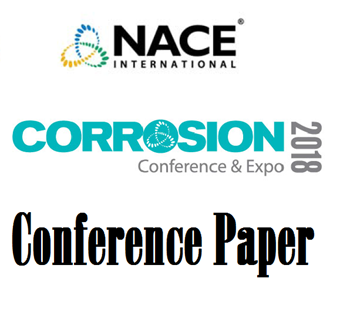Search
01269 ELECTROCHEMICAL NOISE IN ASSESSING MIC IN OFFSHORE INJECTION SYSTEMS
Also Purchased
01281 APPLICATIONS OF GLUTARALDEHYDE IN THE CONTROL OF MIC
Product Number:
51300-01281-SG
ISBN:
01281 2001 CP
$20.00
51318-11398- Modeling of Microbiologically Influenced Corrosion (MIC) in the Oil and Gas Industry - Past, Present and Future
Product Number:
51318-11398-SG
Publication Date:
2018
$20.00
01273 CONTROL OF SRB BIOFOULING AND MIC BY CHLOROMETHYL-METHYLISOTHIAZOLONE
Product Number:
51300-01273-SG
ISBN:
01273 2001 CP
$20.00




